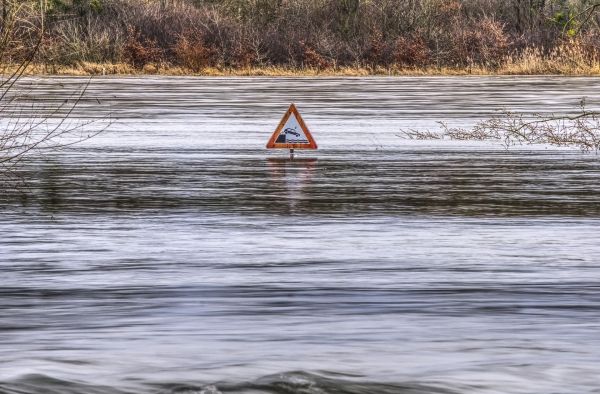June 1 is the start of hurricane season in the Atlantic, and with 2020 predicted to be particularly active, residents in coastal regions are keeping watchful eyes on the weather. Flooding is often the most damaging effect of tropical storms, and it can disproportionately affect vulnerable people and ecosystems. Now, in ACS’ Environmental Science & Technology, researchers study water quality impacts of two recent hurricanes in North Carolina and suggest interventions to protect susceptible areas.
Water quality problems caused by flooding can threaten the health of humans and wildlife. Rising waters can make wastewater treatment plants, sewers, hazardous waste sites, agricultural lands and animal feeding operations overflow, carrying pollutants into waterways. Flood hazard maps exist to help keep homes and businesses out of flood plains, but the maps aren’t always accurate. Danica Schaffer-Smith and colleagues wanted to find out how well the maps predicted actual flooding from two recent hurricanes. They also wanted to identify threats to water quality and find opportunities to improve the area’s resilience to future storms.
The researchers developed a computer algorithm that, using satellite images, mapped areas in North Carolina flooded by Hurricane Matthew in 2016 and Florence in 2018. They found that hurricane flooding occurred beyond the state-mapped flood hazard zones during both storms. When the team correlated the flooded areas to socioeconomic characteristics of the people living there, they found larger impacts on communities that had higher proportions of older adults, people with disabilities, unemployment and mobile homes. The researchers mapped many potential sources of water pollution within the flooded areas, including hazardous waste sites, industrial discharges, wastewater treatment plants, and swine and poultry farms. Certain interventions, such as government land buyouts, forest restoration or wetland conservation, could help lessen the impacts of future hurricanes, the researchers say.
Read more at American Chemical Society
Image by Markus Distelrath from Pixabay


